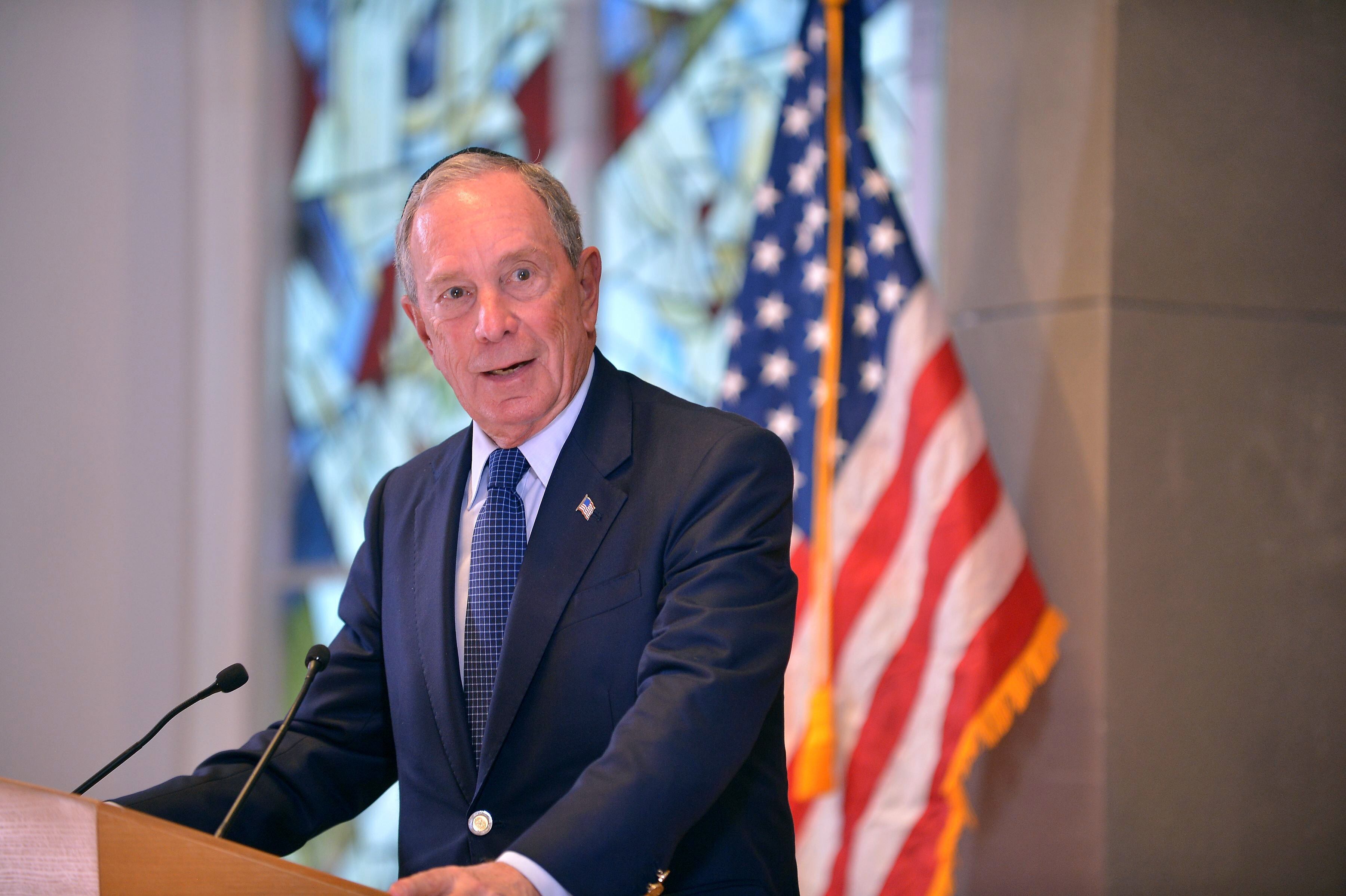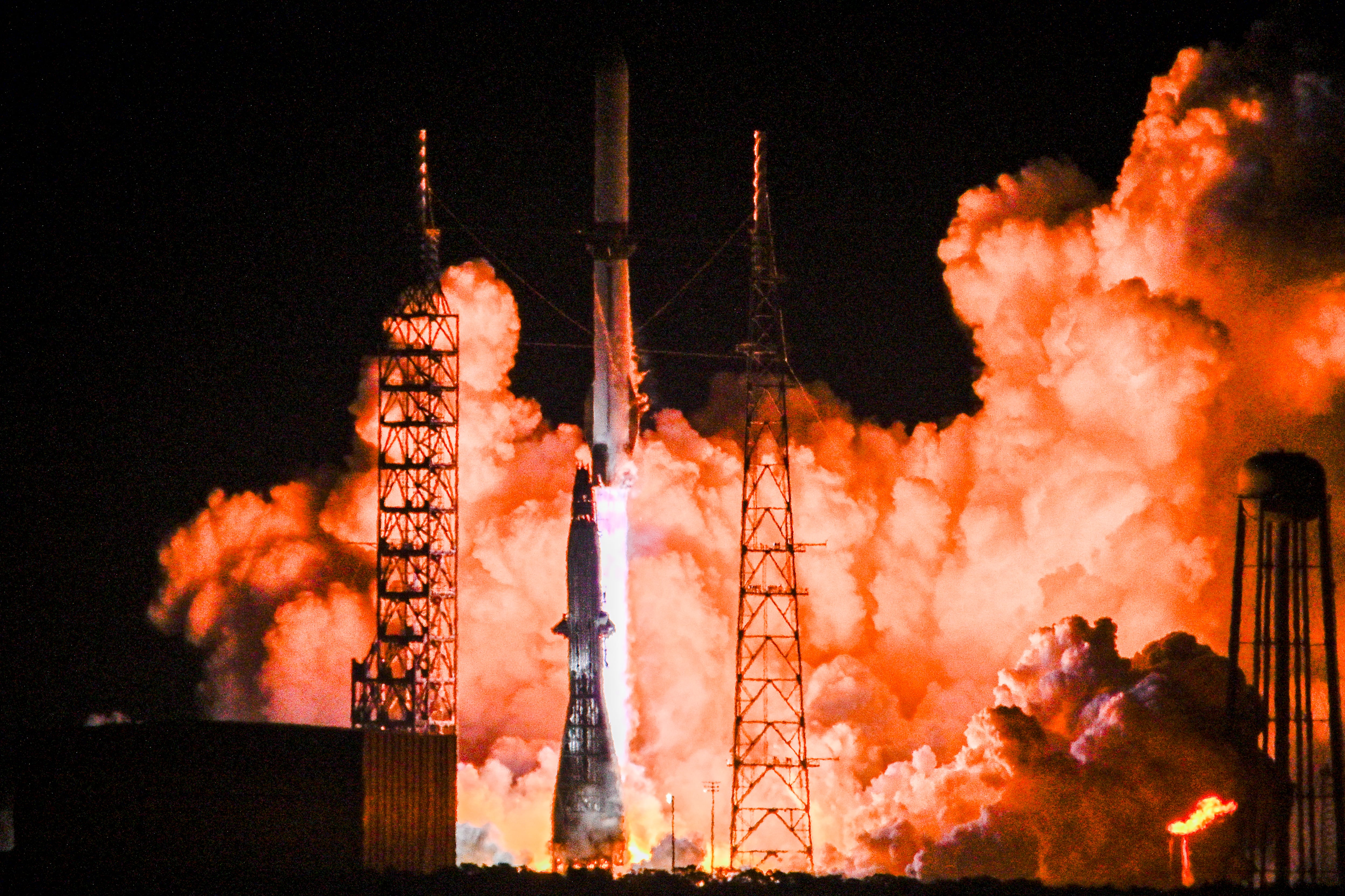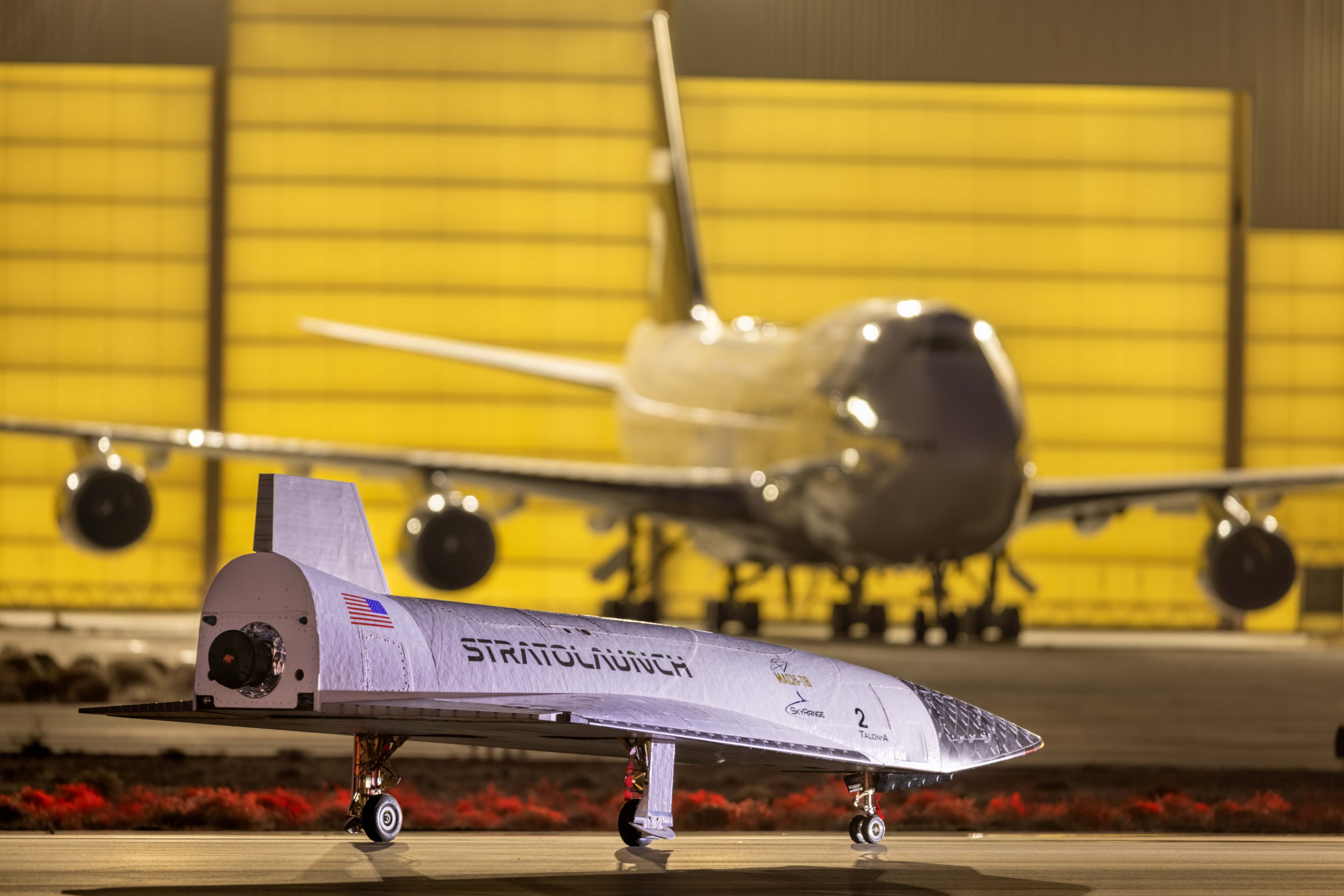BRUSSELS — With an eye on Ukraine’s needs to defend itself from the ongoing Russian offensive, NATO plans to implement new stockpile guidelines while working with member nations’ defense industries to boost its own arsenals while continuing to fill Kyiv’s.
Speaking to reporters on Monday at NATO’s headquarters in Brussels, Secretary-General Jens Stoltenberg was blunt in his assessment of munition stockpiles and delivery times.
“The current rate of ammunition consumption is higher, bigger than the current rate of production. That’s a factual thing,” Stoltenberg said. For example, the waiting time for militaries to receive large-caliber ammunition has increased from 12 to 28 months. “Orders placed today will only be delivered two-and-a-half years later,” he added.
For the past several months, NATO has undergone an “extraordinary, out-of-cycle” survey of its stockpiles and plans to decide on new capability target guidelines during the Feb. 14-15 defense ministerial, he said.
When Russia invaded Ukraine nearly one year ago, NATO allies found that the only way to support the defending nation’s need for artillery was “to dig into our existing stocks,” he noted. “But of course, in the long run, we cannot continue to do that.”
NATO members are working with their respective defense industries to launch new multi-year procurement deals for ammunition and other defense capabilities, Stoltenberg said.
France’s Ministry of Defense last week announced five new actions meant to bolster production cycles. They include increasing the use of multi-year contracts, simplifying program requirements, securing supply chains to eliminate delays in production, supporting industry recruitment efforts, and securing access to private funding networks for France’s defense industry.
Meanwhile, Norway last month announced a deal worth 2.6 billion Krone (U.S. $257 million) to procure artillery shells from Nammo, in a deal hailed by the nation’s defense minister as the largest ever, according to reports.
The United States has also focused on replenishing its munitions stockpiles, though some defense firms have signaled they won’t expand capacity without firm government commitments in spite of growing defense spending and demand for arms fueled by Russia’s invasion of Ukraine.
The U.S. Congress has backed multiyear purchases of certain munitions, and U.S. Army officials say they are undergoing the fastest artillery ramp up since the Korean War.
While some munition production boosts have begun, U.S. Deputy Defense Secretary Kathleen Hicks is leading an effort to unclog industrial bottlenecks.
A Center for Strategic and International Studies report last month that found the U.S. defense-industrial base is unprepared for a notional battle with China over Taiwan, as it would run out of key long-range, precision-guided munitions in less than one week. The report spotlights U.S. military aid to Ukraine and criticizes bureaucratic hurdles for defense contracting and U.S. arms sales overseas.
Joe Gould in Washington contributed to this report.
Vivienne Machi is a reporter based in Stuttgart, Germany, contributing to Defense News' European coverage. She previously reported for National Defense Magazine, Defense Daily, Via Satellite, Foreign Policy and the Dayton Daily News. She was named the Defence Media Awards' best young defense journalist in 2020.








